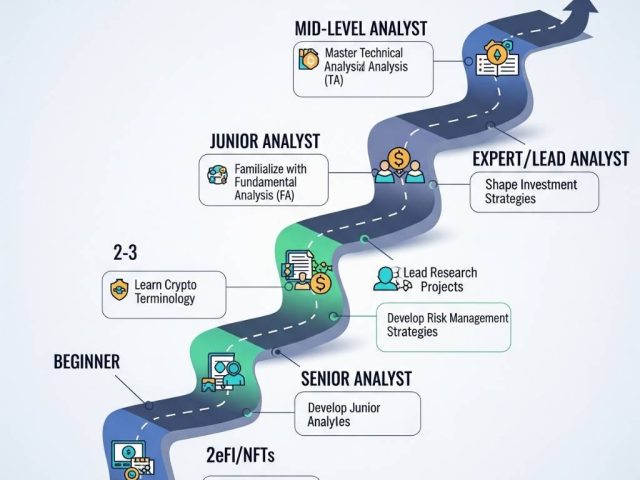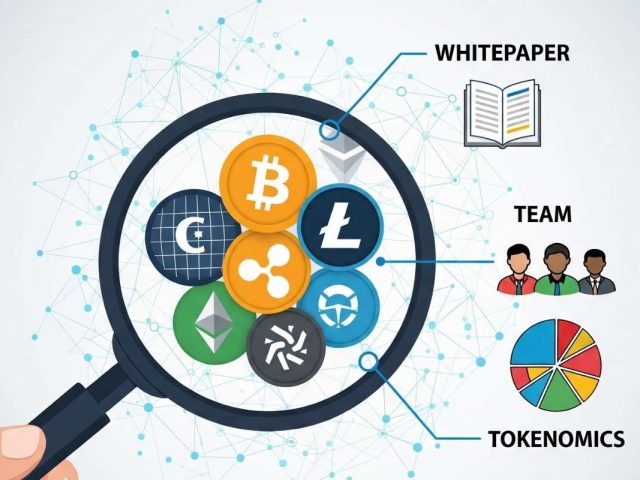The world of Web3 promises a revolutionary era of digital sovereignty, where you are the sole controller of your assets. This power, however, comes with an equal measure of responsibility. In this decentralized landscape, there are no intermediaries to reverse transactions or recover lost passwords. You are the final line of defense.
The stakes have never been higher. In recent years, billions of dollars have been lost to hacks and exploits targeting the Web3 ecosystem, with a significant portion stemming from compromised user wallets. These are not isolated incidents but a clear signal of the sophisticated and evolving threats that exist.
At Scentia, we believe that knowledge is the cornerstone of security. This guide moves beyond simple tips to provide a comprehensive framework for Web3 wallet security. We will deconstruct the most common threats and provide clear, actionable strategies to help you build a digital fortress around your assets, ensuring you can navigate the decentralized world with confidence.
1. The Foundation: Choosing the Right Wallet
Your first and most critical security decision is your choice of wallet. This choice defines your level of control, convenience, and exposure to risk.
- Custodial vs. Non-Custodial Wallets: The fundamental difference lies in who holds your private keys.
- Custodial Wallets, often provided by centralized exchanges, manage your keys for you. This offers convenience and password recovery options, much like a traditional bank . However, it reintroduces a trusted third party, meaning you don’t have full control. The mantra “not your keys, not your crypto” is a stark reminder of the counterparty risk involved .
- Non-Custodial Wallets give you exclusive control over your private keys and, therefore, your assets. This is the essence of Web3, granting you true financial sovereignty. However, this autonomy comes with absolute responsibility: if you lose your keys, you lose your funds forever .
- Hot Wallets vs. Cold Storage (Hardware Wallets): Within the non-custodial world, wallets are categorized by their internet connectivity.
- Hot Wallets are software-based wallets (like browser extensions or mobile apps) that are always connected to the internet. They are convenient for frequent transactions but are more vulnerable to online threats like malware and phishing .
- Cold Storage, most commonly a hardware wallet (e.g., Ledger or Trezor), keeps your private keys completely offline . When you make a transaction, it is signed inside the physical device, meaning your key is never exposed to your internet-connected computer .
Scentia’s Pro-Tip: For robust Web3 wallet security, adopt a hybrid approach. Use a hardware wallet as your primary vault for the majority of your assets and a separate, non-custodial “burner” hot wallet with minimal funds for daily dApp interactions.
2. Your Master Key: Securing Your Seed Phrase
If a non-custodial wallet is your vault, the seed phrase (or recovery phrase) is the master key that can unlock it. This sequence of 12 to 24 words can be used to restore your entire wallet and all the private keys within it . Protecting it is your most important security task.
Seed Phrase Best Practices:
- Never Store It Digitally: Do not save your seed phrase in a password manager, cloud drive, notes app, or as a photo on your phone. Any device connected to the internet is a potential point of failure.
- Write It Down on Physical Mediums: The most secure method is offline storage. Write your phrase on paper or, for greater durability, engrave it onto a fireproof and waterproof steel plate .
- Store Backups in Separate, Secure Locations: To mitigate the risk of physical loss or theft, keep multiple backups in different secure locations, such as a home safe and a bank safety deposit box .
3. Navigating On-Chain Threats: The Most Common Scams
The most dynamic threats appear when you interact with decentralized applications (dApps). Scammers constantly devise new ways to trick users into authorizing malicious transactions. Approval Phishing: This is one of the most common and devastating attacks. Scammers trick you into signing a transaction that gives their malicious smart contract "approval" to spend your tokens . No funds are moved at the time of signing, giving you a false sense of security. Later, the attacker can use this permission to drain all the approved tokens from your wallet .
- The Poison Address Trap: This is a clever social engineering tactic. An attacker sends a tiny, worthless transaction to your wallet from a custom-generated address that shares the first and last few characters of an address you use frequently. The goal is to “poison” your transaction history so that you later copy their malicious address by mistake when sending funds.
- Malicious Airdrops and NFTs: Unsolicited tokens or NFTs that appear in your wallet are almost always bait. They are designed to lure you to a phishing website, often linked in the item’s description, where you will be prompted to sign a malicious transaction to “claim” your reward.
Scentia’s Pro-Tip: Always verify the entire recipient address before sending funds, never just the beginning and end. Use tools like
Revoke.cash to periodically review and revoke unnecessary token approvals. The safest action for unsolicited airdrops is to simply ignore them.
4. The Human Factor: Defeating Social Engineering
Often, the weakest link isn’t the technology but human psychology. Social engineering attacks bypass technical defenses by manipulating users with fear, greed, and a false sense of urgency .
- Impersonation: Scammers will create fake social media profiles to impersonate project founders, influencers, or support staff. They will contact you via direct message (DM) on platforms like Discord or X (formerly Twitter) with fake offers or “urgent” security alerts.
- The Golden Rule of Web3 Security: No legitimate project team member, moderator, or support agent will ever contact you first via DM to ask for your seed phrase, private key, or password. They will never ask you to click a link to “validate your wallet” or “fix an issue.” All official communication happens in public channels. Treat all unsolicited DMs as scams by default.
5. Due Diligence: Interacting Safely with dApps
Before connecting your wallet to any new dApp, a structured due diligence process is essential.
- Check for Security Audits: Reputable projects will have their smart contracts audited by well-known security firms like ConsenSys Diligence, Trail of Bits, or OpenZeppelin. These audit reports are usually public and can be found on the project’s official website.
- Verify the Contract on a Block Explorer: Use a block explorer like Etherscan to check that the dApp’s smart contract code is verified . A verified contract has a green checkmark, confirming that the on-chain code matches the publicly available source code.
- Use a Burner Wallet: When trying a new or experimental dApp, use a burner wallet funded with only the minimum amount of crypto needed for the interaction. This contains any potential losses and protects your main portfolio.
Conclusion: Security as a Practice
In the decentralized economy, Web3 wallet security is not a feature you can buy; it is a discipline you must practice. The power of self-custody requires a proactive and layered defense—integrating the right technology (hardware wallets), with secure procedures (offline seed phrase storage), and vigilant behavior (skepticism towards unsolicited offers).
By understanding the threat landscape and implementing the strategies outlined in this guide, you can move beyond fear and uncertainty. You can build your digital fortress, enabling you to harness the full potential of Web3 with the confidence that comes from being in complete and secure control of your digital destiny.





